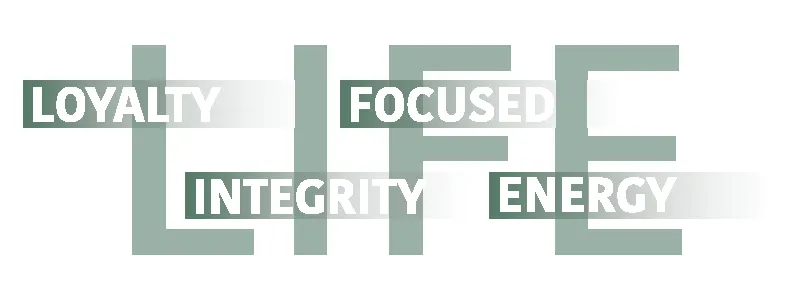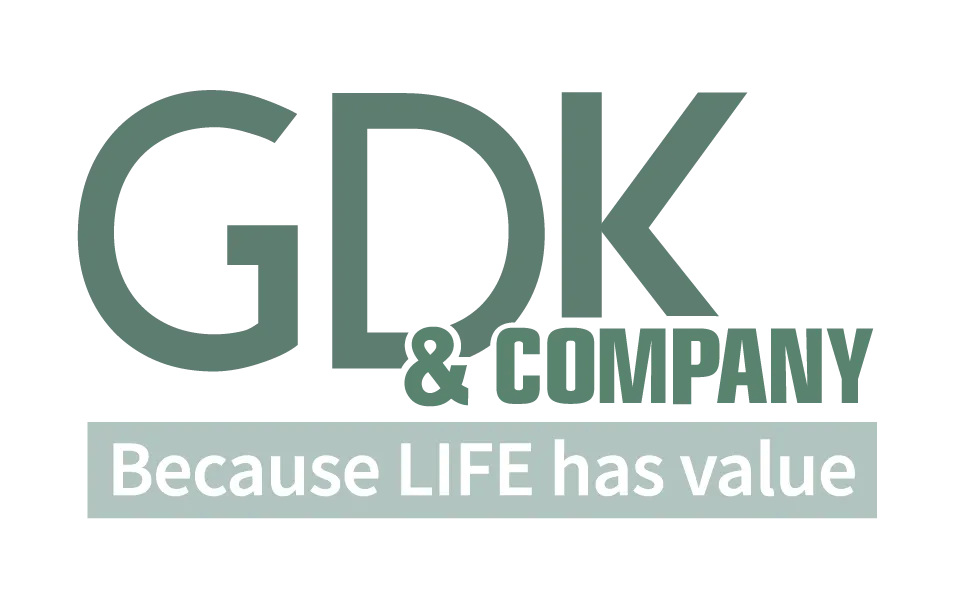Your Trusted Partner in Insurance and Benefits
Private Client Services
At GDK & Company, we believe in a collaborative approach to providing personalized long-term life, health and disability insurance solutions. Our clients aim to protect their families, transfer wealth and support their favorite charities. By working closely with your CPA, estate planning attorney and other advisors, we create a meaningful plan tailored to your needs. Most importantly, we see your purchase as the start of a relationship, not just the end of a sales process.
Corporate Client Services
We provide benefit plan solutions to help you attract and keep top talent in today's competitive market. A well-rounded benefits package tailored to your business and employees can make a huge difference. Our team is here to guide you through the complexities of products, designs, compliance and legislative changes. We offer specialized advice and support to help ensure you get more value for your investment.

M Financial Partner
As a proud member of the M Financial Group, GDK & Company is backed by leaders in wealth transfer, executive benefits and wealth management. Our strong partnerships with 30 plus insurance carriers and all the health insurance providers throughout the State of Ohio, combined with the expertise of over 155 independent financial services firms, enable us to offer tailored insurance, benefits and investment solutions that meet your unique needs.
Life Insurance

Life insurance offers invaluable financial clarity, securing your loved ones' financial future even when you're no longer there to provide.
Health Insurance

Health insurance safeguards your financial well-being by covering essential medical expenses, ensuring access to necessary care without overwhelming costs.
Disability

Disability insurance acts as an income safety net, replacing a portion of your earnings if an illness or injury prevents you from working. It also protects key employee income and helps owners balance care with business continuity.
Long-Term Care

Long-term care insurance protects your savings and offers choices for future care by covering the significant costs of services like in-home aid, assisted living, or nursing home care.
As part of the M Financial network, we have access to proprietary life insurance products, offering our valued clients exclusive solutions for life insurance, disability, and long-term care planning. Additionally, we work with every health insurance provider throughout the state of Ohio for benefit planning, including group health insurance, ensuring a comprehensive approach tailored to your business and employees.
Securities Offered Through M Holdings Securities, Inc. A Registered Broker/Dealer, Member FINRA/SIPC. GDK & Company is independently owned and operated.
Please go to mfin.com and click on "Disclosure Statement" at the bottom of the home page for further details regarding this relationship.
Check the background of this Firm and/or investment professional on FINRA's BrokerCheck.
This material is intended for informational purposes only and should not be construed as legal or tax advice and is not intended to replace the advice of a qualified attorney, tax advisor or plan provider.
For important information related to M Securities, refer to the M Securities’ Client Relationship Summary (Form CRS) by navigating to mfin.com/m-securities.
© Copyright | GDK & Company 2025. All Rights Reserved.
